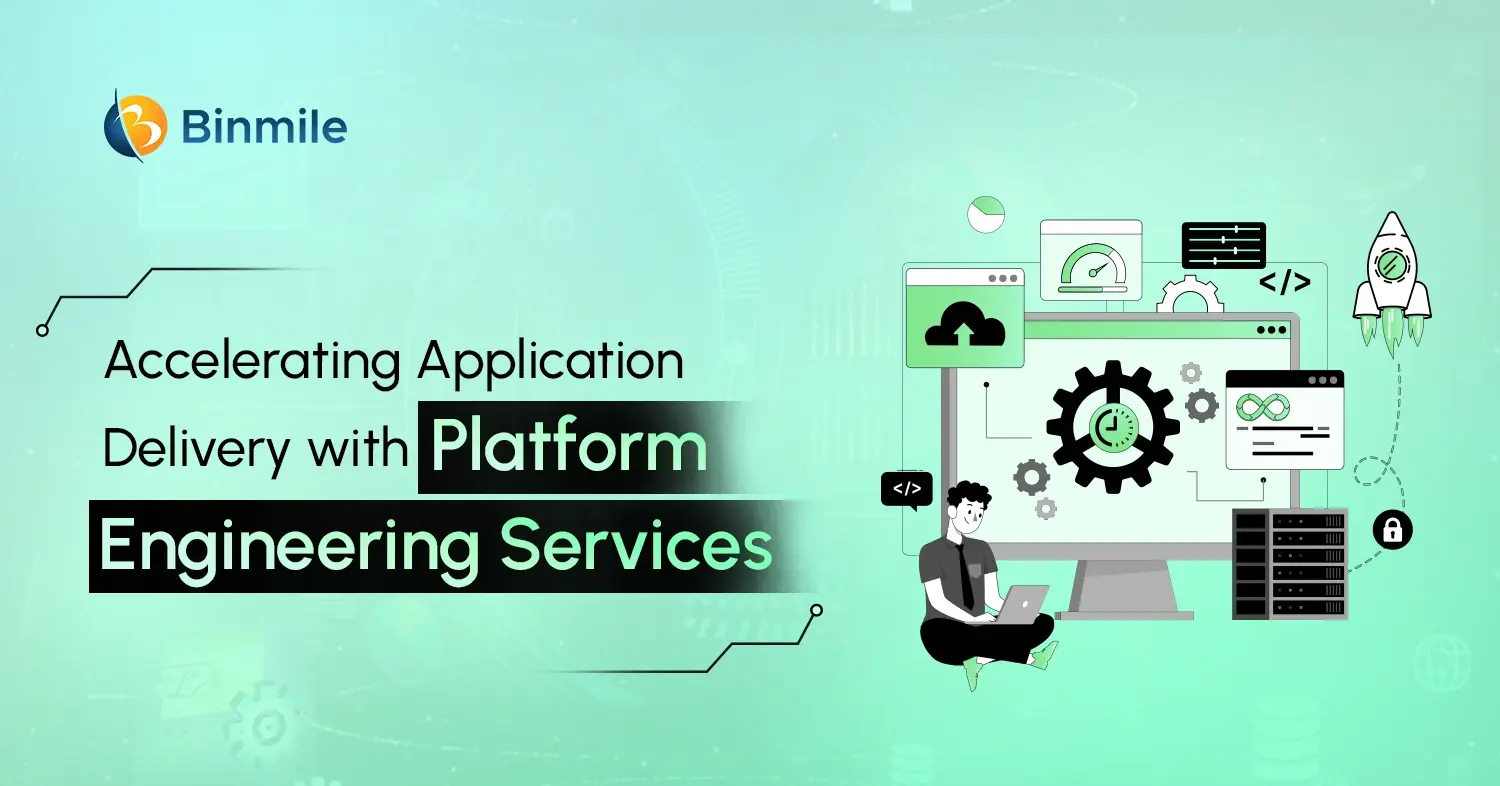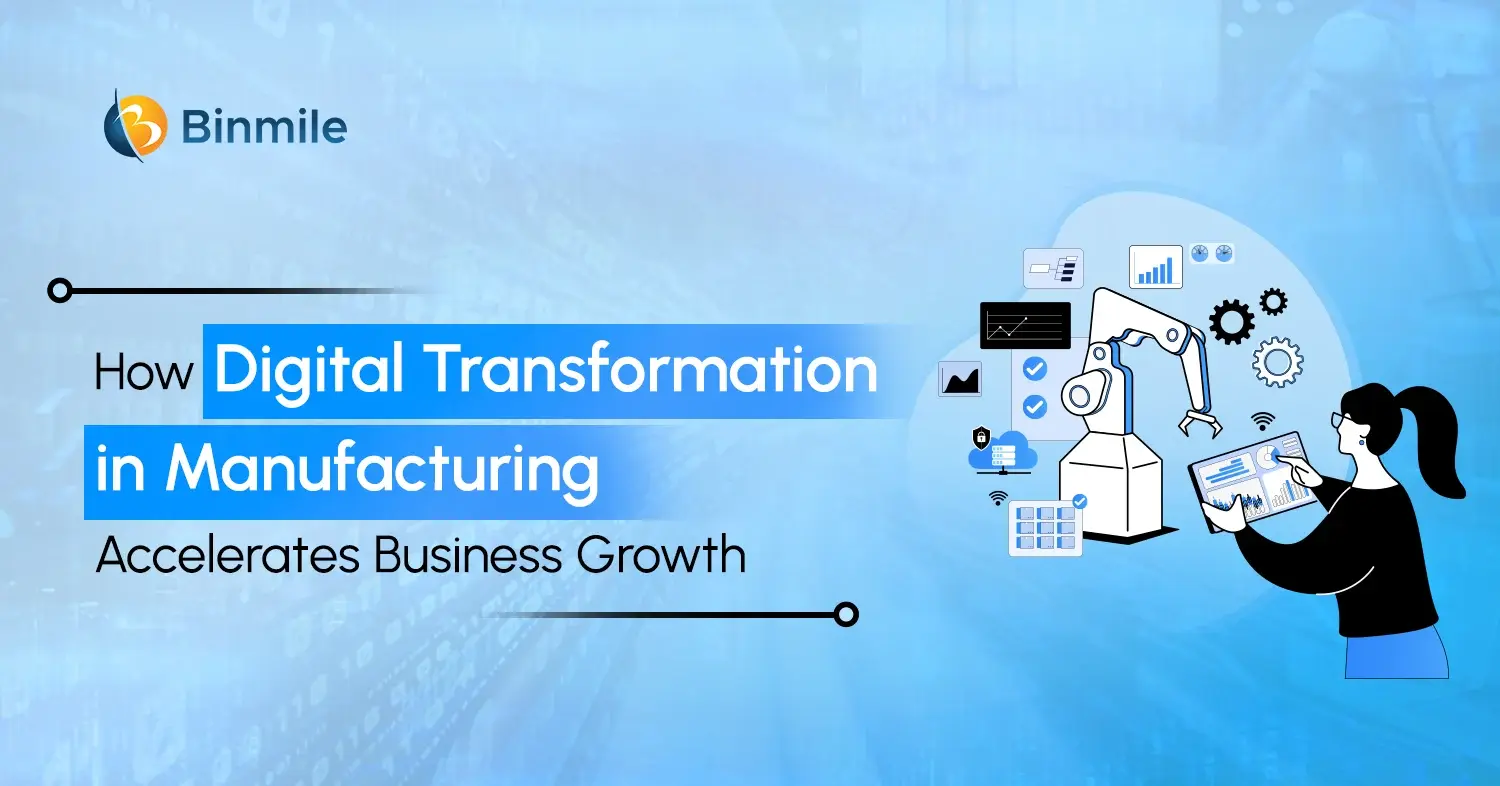Road traffic accidents reportedly claimed 1.35 million lives worldwide in 2018, ranking as the eighth-leading cause of accidental death for persons of all ages, according to the Global Status Report by the World Health Organization (WHO).
While self-driving vehicles provide the same transportation capabilities as conventional vehicles, they can largely observe the environment and self-navigate. According to a survey by Precedence Research, the size of the worldwide AV industry was roughly 6500 units in 2019 and is expected to increase by 63.5% between 2020 and 2027.
To ensure safety during navigation, autonomous vehicles (AVs) use complex sensing systems to evaluate the external environment and to make actionable decisions based on what they see. Autonomous vehicles use sensor fusion to understand their surroundings, similar to how people use sight, sound, taste, smell, and touch.
Let us now dive deeper into the aspects of self-driving car technology.
What is Sensor Fusion?
Sensor fusion is the technique of combining data from cameras, RADAR, LiDAR, and ultrasonic sensors to evaluate ambient conditions for detection confidence. Each sensor can operate independently and provide all the data required for a self-driving vehicle to operate with the maximum level of safety.
Autonomous driving technology can profit from each type of sensor’s strengths while balancing its shortcomings by combining different types of sensors. Autonomous cars use preprogrammed algorithms to process sensor fusion data. This enables autonomous cars to decide and choose the appropriate course of action.
Sensor Fusion vs. Edge Computing in Self-Driving Car Algorithm
Fusion vs. Edge Computing in self-driving vehicles are two distinct approaches for the same purpose of improving the safety and efficiency of vehicles. Fusion refers to combining data from multiple sources to create a unified view. This can be achieved using sensors, cameras, radar, and other inputs.
Edge computing, on the other hand, involves the processing of data at the edge of the network, meaning closer to the source of the data. It is used to quickly and efficiently perform computationally intensive tasks, such as object detection.
Both approaches are beneficial in automotive vehicles, but they achieve different goals. Fusion is more focused on the collection and analysis of data, while Edge Computing is focused on the processing of data. Fusion provides a more comprehensive view, allowing for better decision-making, but Edge Computing allows for faster and more efficient processing, which can be especially important in safety-critical applications.
How do Sensors Enable Autonomous Driving?
Sensors enable autonomous driving by providing real-time data on the environment around the vehicle. The self-driving car algorithm can then use this data to decide how to safely navigate the environment.
For a vehicle to perceive its surroundings, it needs cameras, radar, ultrasonics, and LiDAR sensors. Almost all of them use the time-of-flight principle, except for cameras. Sensors, such as cameras, RADAR, and LiDAR, are used to detect obstacles, recognize traffic signals, identify lane markings, and monitor the speed and direction of traffic.
The data from these sensors is combined with information from GPS, maps, and other sources to provide the autonomous vehicle with an understanding of its surroundings and the ability to safely drive itself.
Also Read: AI and Radar
Self-Driving Vehicle – Working Principle
Autonomous Driving Technology uses four fundamental machine learning techniques to continuously comprehend their environment, make wise choices, and anticipate potential changes that can affect their course.
Sensors and autonomous vehicle technologies are combined with application development services for driving automatic cars in India. The basic principles include –
1. Detect
Identification of available driving space, obstructions, and future predictions using cameras, LiDAR, and RADAR sensors.
2. Segment
Similar points are clustered together from detected data points to identify pedestrians, roads, and traffic.
3. Classify
Uses fragmented categories to group objects that are important for spatial awareness and exclude those that are not. An instance would be determining the best spot on the road at the time to drive without causing an accident.
4. Monitor
Continue monitoring any relevant, classified things in the area to continue planning the course of action.
Read Further: AI in Automotive Industry
Types of Sensors
LiDAR Sensors
LiDAR sensors operate on the time-of-flight principle. However, instead of emitting radio or ultrasonic waves, they instead produce laser pulses, which are reflected by a target and then captured once more by a photodetector. Up to one million laser pulses can be released each second by LiDAR sensors, which compile the data into a detailed 3D map of the surroundings.
The two important LiDAR systems include:
1. Mechanically Rotating LiDAR Systems
Mechanically rotating LiDAR systems are a type of LiDAR sensor used in autonomous driving technology. This type of LiDAR system is mounted to the vehicle, and the LiDAR unit is mechanically rotated to scan the environment. The LiDAR unit emits laser beams around the vehicle to detect objects and obstacles, and the data is then used to create a 3D map of the environment. The 3D map is then used by the autonomous vehicle to detect, track, and avoid obstacles.
2. Solid-state LiDAR systems
Solid-state LiDAR systems in autonomous vehicles are a type of LiDAR technology used for object detection and localization in self-driving cars. These systems are made up of several laser beams that are sent out from the vehicle in all directions and then detected by a receiver. When combined with other sensors, the LiDAR system can provide the automated vehicle with the information it needs to make decisions about its environment and ensure its safe navigation.
RADAR Sensors
The time-of-flight principle is the foundation of RADAR technology. The sensors produce brief bursts of electromagnetic radiation (radio waves) that travel almost as quickly as light. The waves are reflected as soon as they contact an item and return to the sensor. The closer an item is, the shorter the time difference between transmission and reception.
It is possible to tally the distance to an object based on the rate at which the waves are propagating, which allows for extremely accurate distance calculations. The sensors in the car can also calculate speeds by combining various observations. Driver assistance systems like collision avoidance and adaptive cruise control are made possible by this technology.
The two different RADAR systems cover:
1. Long-range RADAR
Long-range RADAR is used to find and measure the speed of objects and moving vehicles up to a distance of 250 meters. This technology has a better performance and operates at frequencies between 76 and 77 GHz. The low resolution makes it difficult to choose distant things, though consistently.
Long-range RADAR is crucial for adopting the next stages of autonomous driving, such as motorway pilots, because it makes it possible, among other things, for emergency braking aid and adaptive cruise control even at high speeds.
2. Short-range RADAR
Short-range RADAR detects near range (up to 30 meters) by using a frequency band in the 24 GHz spectrum. It is the more affordable variant, compact, and has few interference issues. Short-range RADAR makes parking easier, keeps an eye on blind zones, and alerts the driver to impending crashes.
Cameras
New production vehicles already have cameras as standard equipment since they facilitate navigating and parking. Additionally, cameras make it possible to use lane departure warnings and adaptive cruise control while driving.
Shortly, internal cameras will be employed in addition to those that are mounted on the outside of the vehicle. They can identify, for instance, whether drivers are sleepy, inattentive, or distracted. In the later stages of autonomous driving development, when the driver must constantly be prepared to take over while the car is in motorway pilot mode, this is very crucial.
The two different camera systems used to enhance autonomous driving technology are
1. Mono Cameras
Mono cameras are important in autonomous vehicles because they provide a low-cost solution for sensing the environment. Mono cameras provide the vehicle with a detailed 2D view of the environment, which is essential for autonomous navigation.
Mono cameras can detect objects and other vehicles on the road, helping the vehicle make decisions on how to safely navigate the environment. Additionally, they can detect road markings and signs, which helps to keep the vehicle on the right path.
2. Stereo Cameras
Stereo cameras are important in autonomous vehicle sensors because they enable the vehicle’s computer vision system to generate a three-dimensional view of the environment. This helps the vehicle understand its surroundings better, allowing it to make autonomous decisions more safely and accurately.
Stereo cameras also enable the vehicle to detect obstacles and make decisions about how to avoid them. By providing depth perception, stereo cameras enable the vehicle to create a more complete understanding of its environment.
Summing Up
Autonomous driving places a high focus on safety, so the environment must always be visible to the vehicles. Camera, RADAR, and LiDAR sensors can work together as complementary technologies to make this achievable. The major goal is to use sensor fusion to enable safe autonomous driving by using the strengths of several vehicle sensors to make up for the inadequacies of others.
It is one of the main reasons that the automobile sector is gunning for hiring custom software development services, and amalgamating next-gen technologies and effective software solutions. With an accurate development system amalgamating Sensor Fusion and Edge computing, the accuracy of self-driving car technology will increase the speed of decision-making.
Frequently Asked Questions
Sensor fusion for autonomous driving involves integrating data from multiple sensors such as cameras, LiDAR (Light Detection and Ranging), radar, and other sources to create a comprehensive and accurate perception of the vehicle’s surroundings. This combined sensor data enables autonomous vehicles to make informed decisions and navigate safely in various driving conditions.
Autonomous cars use a variety of sensors including cameras, LiDAR, radar, ultrasonic sensors, GPS, and IMU. These sensors provide data on the vehicle’s surroundings, enabling it to detect obstacles, navigate safely, and make driving decisions. Through sensor fusion, data from multiple sensors is integrated to enhance perception accuracy.
Autonomous sensor fusion is the process of integrating data from multiple sensors, such as cameras, LiDAR, radar, and others, to enhance the perception capabilities of autonomous systems. By combining information from different sensors, autonomous sensor fusion improves object detection, localization, and tracking, enabling vehicles to make informed decisions in real-time.
Autonomous sensor fusion is crucial for enhancing the reliability and robustness of autonomous systems. By combining data from diverse sensors, it compensates for the limitations of individual sensors and provides a more comprehensive understanding of the vehicle’s environment. This enables autonomous vehicles to navigate safely and effectively in various driving conditions.









